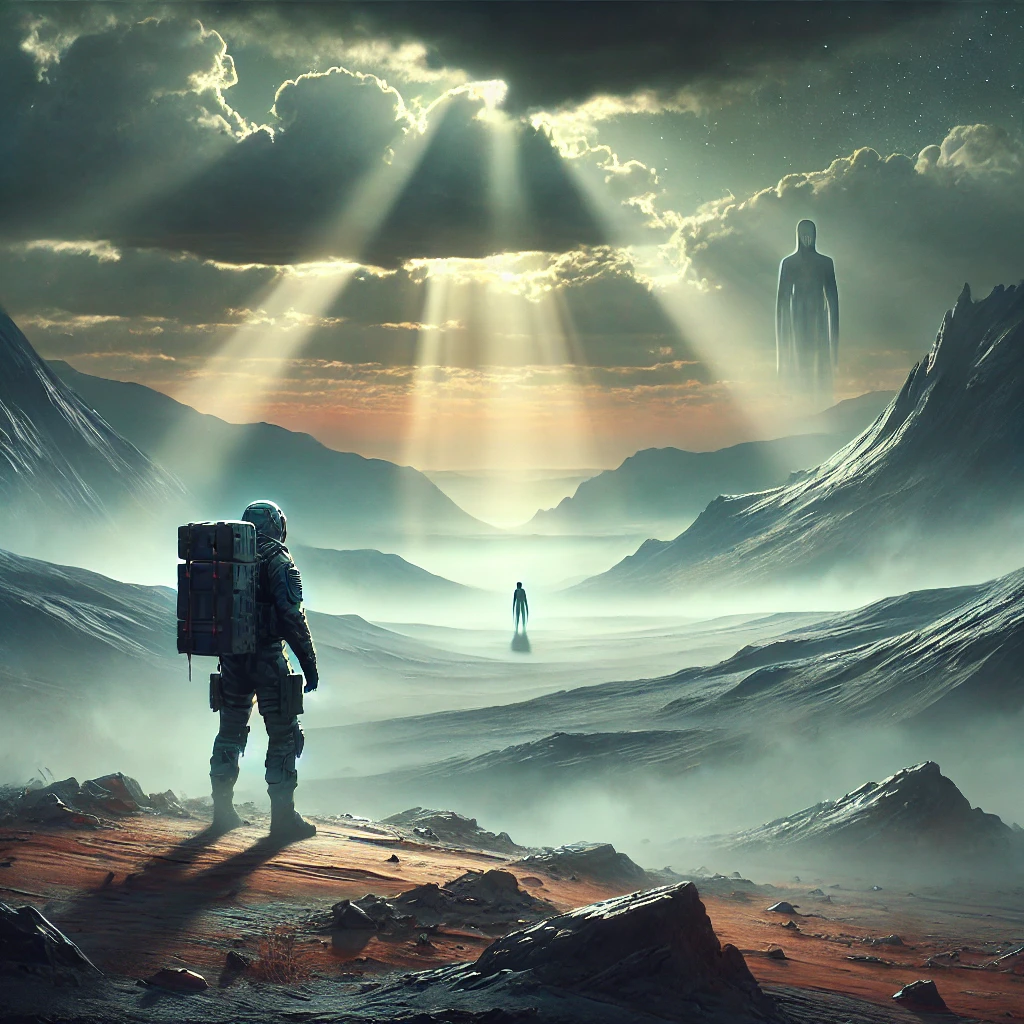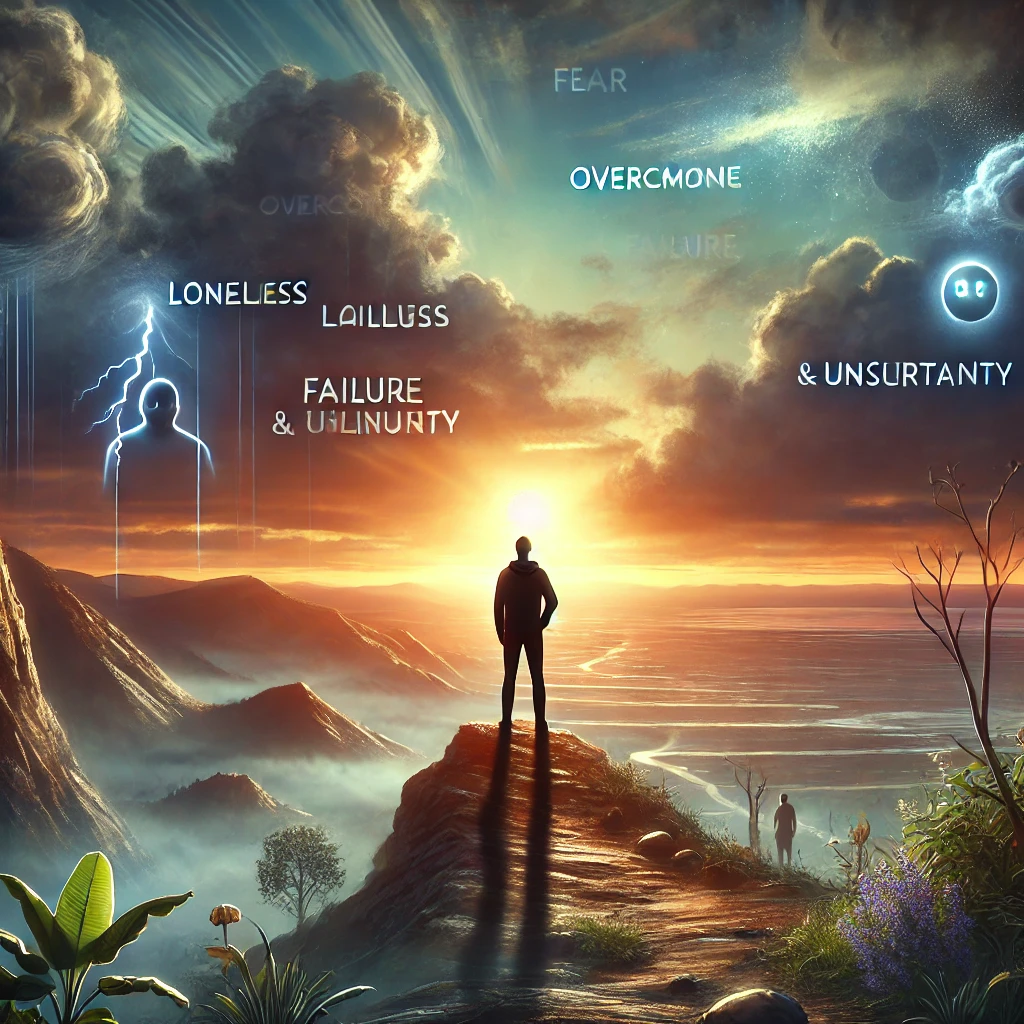Introduction: A Game Unlike Any Other
Released in 2019, Death Stranding quickly became one of the most talked-about video games of its generation. Developed by Kojima Productions and directed by the visionary Hideo Kojima, the game defied traditional genres and offered a deeply introspective experience. Mixing elements of action, open-world exploration, and a unique focus on connecting players through an in-game social system, Death Stranding both captivated and perplexed audiences. But what led to the creation of this unconventional game, and what might the future hold for the franchise? To understand the present and future of Death Stranding, it’s essential to explore its roots, development, and the vision behind its enigmatic world.
The Origins: A New Beginning for Hideo Kojima
The story of Death Stranding begins with the departure of Hideo Kojima from Konami in 2015. After decades of shaping the beloved Metal Gear series, Kojima left the company amidst creative differences. This event marked a significant turning point in his career, leading to the establishment of his independent studio, Kojima Productions. Free from the constraints of a large corporation, Kojima was determined to bring a new and original vision to life.
The development of Death Stranding started shortly after Kojima Productions partnered with Sony Interactive Entertainment. Kojima wanted to create a game that pushed the boundaries of storytelling and gameplay, combining philosophical themes with cutting-edge technology. Inspired by science fiction, philosophy, and the concept of human connection, Death Stranding began to take shape as a unique project that would challenge the norms of the gaming industry.
Inspirations and Themes: Exploring the Human Connection
One of the key inspirations behind Death Stranding is the concept of “strands,” a metaphor for the connections between people. Kojima’s vision for the game was influenced by his belief in the importance of human relationships, both in the real world and within the gaming community. This theme of connection became central to the game’s design, influencing everything from its narrative to its core gameplay mechanics.
The story of Death Stranding is set in a post-apocalyptic United States, where society has been fractured by a mysterious event known as the Death Stranding. The player assumes the role of Sam Porter Bridges, played by actor Norman Reedus, who is tasked with delivering supplies across a desolate landscape to reconnect isolated communities. As Sam travels through this eerie world, players encounter “BTs” (Beached Things), supernatural beings that blur the line between life and death, further emphasizing the game’s themes of life, death, and rebirth.
Kojima’s narrative is filled with symbolism and thought-provoking elements, drawing from literature, film, and even quantum mechanics. The game challenges players to reflect on the nature of life and the bonds that tie people together. It’s a deeply introspective experience, where the act of carrying packages and building connections mirrors the broader theme of rebuilding society in the face of disaster.
Development Challenges: Building a Unique Experience
Creating a game as ambitious as Death Stranding came with its share of challenges. The game was built using the Decima Engine, a powerful game engine developed by Guerrilla Games, known for Horizon Zero Dawn. This partnership allowed Kojima Productions to leverage cutting-edge graphics technology, resulting in a visually stunning game world. The landscapes of Death Stranding are vast and detailed, evoking a sense of isolation and beauty that perfectly complements the game’s narrative themes.
However, crafting a game that defied traditional gameplay expectations was not easy. The “strand system” that allowed players to indirectly interact with one another—by sharing structures, leaving helpful items, and influencing each other’s world—was an innovative concept that required careful balancing. Kojima’s team had to ensure that the game’s mechanics encouraged cooperation without feeling forced, creating a seamless integration of multiplayer elements into a predominantly single-player experience.
Another challenge was ensuring that the game’s unique storytelling approach resonated with players. Kojima’s intricate plotlines and deep philosophical themes meant that Death Stranding was not going to appeal to everyone. Its unconventional nature, slow pace, and heavy emphasis on narrative led to divided opinions among critics and gamers. Yet, for those who embraced its vision, the game offered a memorable and emotional journey that stood out in the crowded landscape of modern gaming.
The Impact of Death Stranding: A Game That Defied Expectations
Upon its release, Death Stranding sparked a wide range of reactions. Some praised it as a groundbreaking work of art that challenged the boundaries of video games, while others criticized its slow pace and unconventional design. The game’s focus on delivery missions and traversing treacherous terrain led to debates about whether it was a masterpiece or a niche experience.
Despite the polarized reception, Death Stranding succeeded in creating a strong fan base and left a lasting impact on the industry. It won multiple awards, including accolades for its art direction, audio design, and performances. The game’s focus on player-driven connections was particularly praised during the COVID-19 pandemic, as its themes of isolation and human connection resonated with the global experience of lockdowns and social distancing. This relevance highlighted how Death Stranding had captured the zeitgeist of its time, offering a story that felt uniquely suited to the challenges of the modern world.
Looking to the Future: What Comes Next for Death Stranding?
With the success of Death Stranding, questions naturally arose about the future of the franchise. In 2022, Kojima Productions announced Death Stranding Director’s Cut, which added new features, enhanced gameplay elements, and graphical improvements for the PlayStation 5. This release allowed a new generation of players to experience the game while giving existing fans additional content to explore.
Looking ahead, Hideo Kojima has hinted at the possibility of a sequel or new projects that build on the world of Death Stranding. While concrete details remain scarce, Kojima’s penchant for innovation suggests that any future titles will continue to push the boundaries of what video games can achieve. The themes of connection and the blending of single-player and multiplayer experiences could be further explored, offering players new ways to interact with each other and the game world.
Moreover, with advancements in gaming technology such as virtual reality (VR) and cloud gaming, future installments could leverage these innovations to create even more immersive experiences. Imagine a Death Stranding experience where players could physically explore its haunting landscapes in VR, or a game where the “strand system” evolves into a more complex network of player interactions across different platforms. Such possibilities could redefine how players experience storytelling in games.
The Legacy of Death Stranding: A Testament to Creative Freedom
Ultimately, the story of Death Stranding is not just about a video game—it’s about creative freedom and the power of visionaries like Hideo Kojima to challenge norms and create something truly unique. The game stands as a testament to what can be achieved when developers are given the freedom to explore new ideas without the constraints of conventional market expectations. It shows that video games, like films or literature, have the potential to be profound artistic expressions that engage players on multiple levels.
As the gaming industry continues to grow and evolve, Death Stranding will be remembered as a bold experiment that dared to be different. Its impact extends beyond sales figures or review scores; it represents the possibility of video games as a medium capable of exploring deep themes and creating experiences that resonate with players long after they’ve put down the controller.
Conclusion: A World Yet to Be Explored
While the future of Death Stranding remains uncertain, its legacy is already secure. Whether through a sequel, new projects, or the influence it has had on other developers, the game’s spirit of innovation will continue to shape the industry for years to come. As players and developers alike look to the future of gaming, the lessons of Death Stranding—about connection, creativity, and the power of human imagination—will remain as relevant as ever.
In a world where technology constantly changes the way we interact and entertain ourselves, Death Stranding serves as a reminder that the power of storytelling and the human desire for connection can overcome even the most daunting challenges. It is a journey that, like Sam Porter Bridges’ trek across a broken America, has only just begun.












Leave a Reply